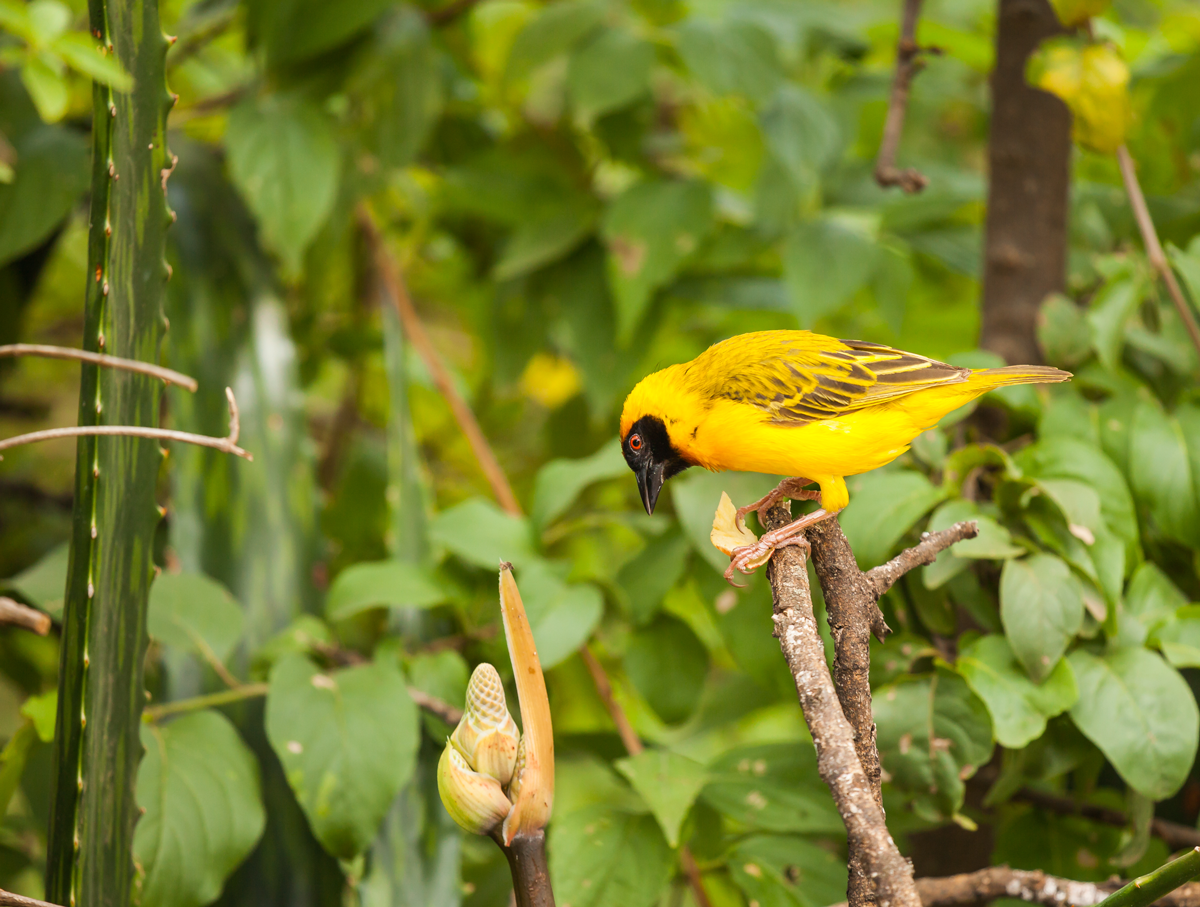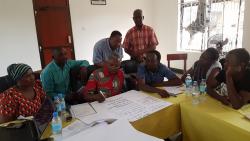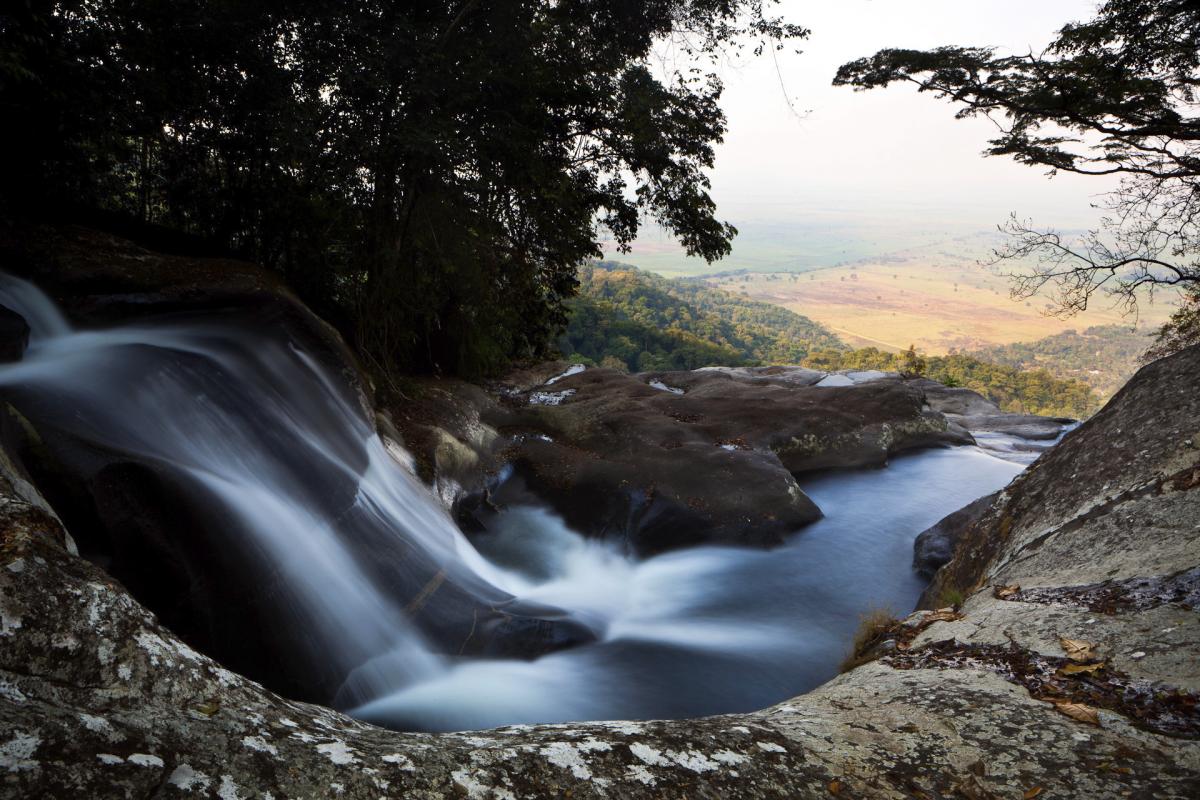Over 600 species and countless livelihoods depend on a plan for the future of the Kilombero Catchment
Kilombero Valley, where Tanzania’s Kilombero Catchment is located, is immensely important to the nation and to the world due to its precious wetlands resources and ever-dependable rivers – enriching the soils and making the lands more fertile for agriculture. Now environmental challenges are prompting collective action.

Photo: istock
The Kilombero Catchment supports a strong and prosperous agricultural sector. It also stabilises the functioning of the ecosystems at the Kilombero Valley Ramsar Site and the Selous Game Reserve, both listed as “properties in danger” by the World Heritage Convention due to poaching. The valley connects to the largest block of Eastern Arc Mountains, the Udzungwas, with the Protected Areas of Udzungwa Mountains National Park, Kilombero Nature Reserve and Udzungwa Scarp Forest Nature Reserve.
These biodiversity hotspots host threatened flora and fauna – 350 plants and 300 bird species, including 3 endemic birds (Kilombero weaver, Kilombero sisticola, and Kilombero white-tailed sisticola) and an endemic frog (Kilombero reed frog). In addition, 75% of world’s Puku antelope population lives in the valley – while the Udzungwa Mountains are home to threatened primates such as Kipunji monkey, Sanje Mangabey and Udzungwa red colobus monkey. The valley is also one of the largest food producing regions in Tanzania, where the agricultural lands are part of these important biodiversity hotspots.
Despite its importance, the Kilombero Catchment is facing serious challenges such as declines in water quantity, water pollution, loss of wildlife corridors, overgrazing, and degradation of wetlands and forests. These challenges are undermining the integrity and ability of the landscape to deliver critical ecosystem services needed for sustaining local livelihoods and biodiversity.
To address the above and other related challenges, the Kilombero Catchment Forum, an apex water user entity was formed in 2017, led by the Rufiji Basin Water Board in collaboration with the African Wildlife Foundation (AWF). The Forum is composed of key stakeholders in the Kilombero landscape representing the government, community representatives, civil society organisations, non-government organisations and the private sector – drawn from those with a stake in water issues from the local to the national levels. The goal of the Forum is to promote and support sustainable management of water resources in the Kilombero Catchment. The Forum resolved to develop a management plan to respond to water related challenges in the Kilombero Catchment.
The Kilombero Catchment Management Plan (KCMP) was thus developed during a stakeholder workshop held in Ifakara from the 31st of July to the 1st August 2018. The workshop was attended by representatives from Rufiji Basin Water Board; Ministry of Water and Irrigation, and now is known as Ministry of Water; Kilombero Catchment Committee; regional secretariats of Iringa, Njombe and Morogoro; Tanzania National Electrical Company; Tanzania National Parks Authority-Udzungwa National Park; Kilombero Plantation Limited; Kilombero Teak Valley Company; African Wildlife Foundation, Tanzania Forest Services; RAMSAR; Kilombero Sugar Company; the district councils of Kilolo, Kilombero, Ulanga, Malinyi, Mufindi and Njombe; and water user associations.
This group recommended that implementation of the KCMP include:
- To raise public awareness on environmental conservation and water resources management, tree planting, and sustainable farming;
- To strengthen the enforcement of environmental and water-related by-laws and laws;
- To strengthen the institutional capacity of village governments and water governance structures including water user associations;
- To develop and enforce the implementation of land use plans at the village and landscape levels;
- To support communities in the diversification of livelihood options such as bee keeping, fish farming and poultry, as a way of reducing dependence on natural resources;
- To enhance coordination of and collaboration amongst key actors and water users in the catchment; and
- To monitor the implementation of the KCMP.
The resulting KCMP runs from August 2018 to August 2021. Different actors – public, civil society and the private sector are all involved in its implementation. Key implementers include Rufiji Basin Water Board, Kilombero Catchment Committee, District Councils (Kilombero, Mufindi, Njombe, Kilombero, Ulanga, Malinyi and Kilolo), Kilombero Valley Teak Company, Tanzania National Electrical Supply Company, Tanzania Forest Conservation Group, Tanzania National Parks Authority, Tanzania Forest Services Agency, water user associations and village governments.
With the best interest of all of these stakeholders in mind, there is hope that the collective action resulting from the KCMP will benefit both biodiversity and all of those who depend on a healthy landscape.
 Photo: IUCN
Photo: IUCN
The workshop was organised by AWF in collaboration with Rufiji Basin Water Board as part of the IUCN-led Stabilizing Land Use Project (PLUS), funded by German Federal Ministry for the Environment, Nature Conservation and Nuclear Safety (BMU). The goal of this project is to demonstrate conservation and development benefits in four targeted landscapes in Tanzania, Uganda, Ghana and Democratic Republic of the Congo through better use of Protected Area Categories V and VI (or other appropriate conservation and economic development arrangements), supported by alignment of national and sub-national policies, and landscape level actions.
Story contributors:
Pastor Magingi, PLUS Project Manager – AWF, pmagingi@awf.org
Doyi Mazenzele, Projects Officer – IUCN Tanzania, doyi.mazenzele@iucn.org

